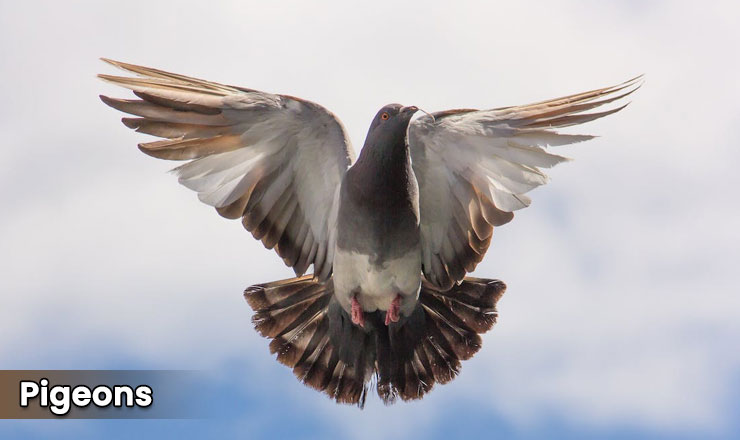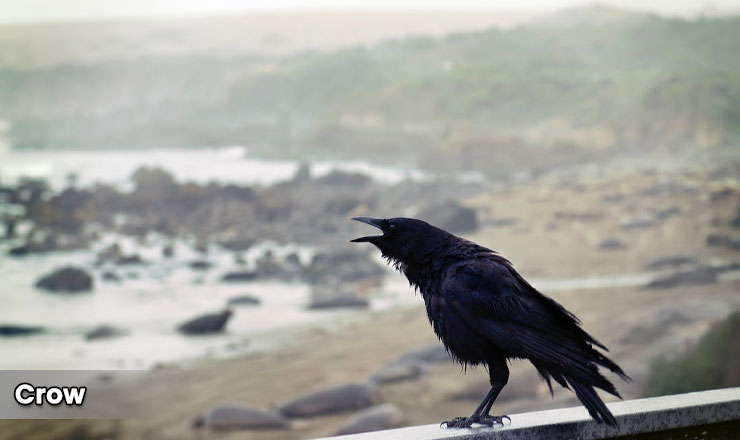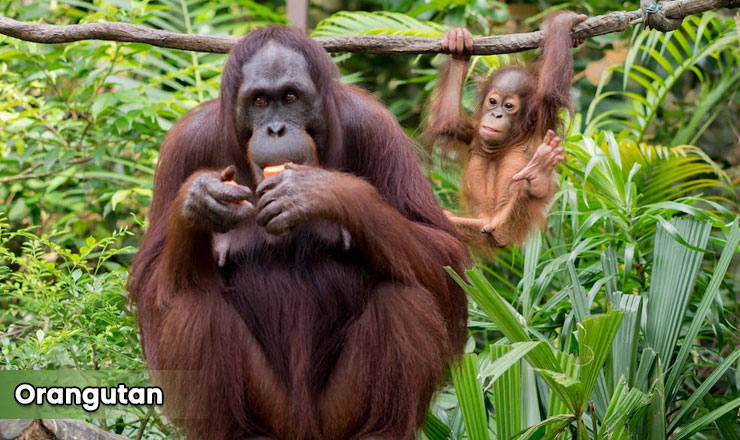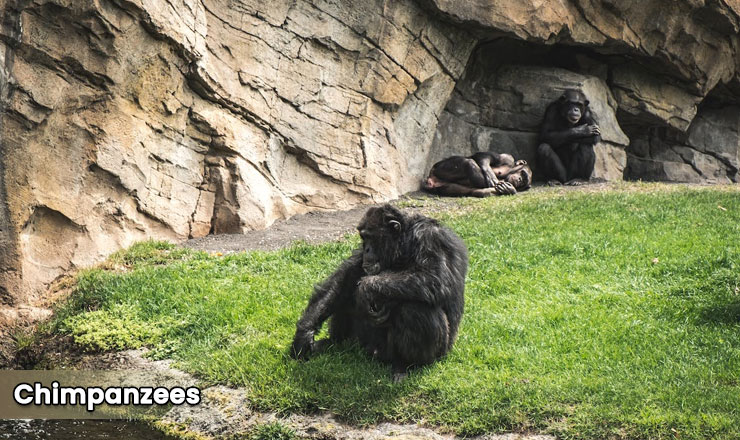We are not the only intelligent beings on the planet; other species have advanced past us in tasks like identifying human diseases and memory tests. Actually, we’re a long way off. Using typical classroom intelligence as the standard to gauge an animal’s mental prowess, we have a tendency to think of ourselves as the most intelligent species on the planet. But these exams only scratch the surface. For instance, dolphins are born with sonar technology, whereas we may develop it to monitor an adversary submarine.
Rat:

The famous rat has been the subject of innumerable intelligence tests and is frequently used in research facilities. These exceptionally bright rodents are natural learners who excel at picking up information and grasping concepts. Although they are much smaller than dogs, they appear to be at least as intelligent. Rats are excellent at navigating mazes despite having poor vision, and they never forget their way once they figure it out. Rats are highly empathic, just as many other clever animals.
Squirrel:

The squirrel is the arch enemy of gardeners everywhere because of its determination, memory, and cunning. They are essentially woodland animals that have adapted to coexist with people. They use a variety of tactics to eat from bird feeders and other sources of food they can gain access to. In order to hide from predators, several squirrels in California have been seen coating their fur in rattlesnake odour. A further indication of their exceptional intelligence is the fact that when squirrels store their food for the winter, they may create a sophisticated facade of food concealing to trick would-be burglars.
Pigeons:

Common in most major cities throughout the world, these birds that many people believe to be pests are actually quite intelligent. It has been shown that pigeons can identify themselves in a mirror, recognise particular human faces, and recognise the correlation between things and pictures. The pigeon might be an exceptionally intelligent bird or just an averagely intelligent bird that has undergone excessive study. In any case, they blatantly exhibit a variety of skills that we would categorise as intelligence in any other animal.
Domestic cat:

Similar to domesticated dogs, some cats have been trained to obey commands and carry out various tasks when asked, such as sitting or rolling. Cats are not only more difficult to teach, but they are also less inclined to engage in studies due to their well-known apathy to things. This lack of attention may potentially be a sign of their intelligence. Some sociologists think that cats’ independence, combined with their cautious and curious nature, is proof of their high intelligence.
Grey Parrot:

Parrots are well renowned for their ability to solve puzzles and mimic human speech, but testing have indicated that sometimes, they may understand the meaning of the words they use.
Octopus:

There are some extremely intelligent invertebrates, but all the other species on this list of the brightest animal species are vertebrates (i.e., have backbones). The octopus not only has the biggest brain of any animal and resembles the human brain in complexity, with folding lobes, but 60% of its neurons are located in its arms!
One octopus in an aquarium tossed pebbles and sprayed water at the above lights to break them, and another was captured on camera scooping up half coconut shells to use as protection. Octopi are known to use tools. Other indicators of intelligence include the ability to quickly find their way out of mazes and screw jar lids off.
Domestic Dog:

Dogs that have been trained use their brains to communicate with humans. They are able to bond and understand symbolic language and emotions. Dogs behave more like humans in several aspects than do primates, and they can naturally follow and react to actions like pointing and eye movements.The typical dog can learn many more words than the 165 that they already understand. One border collie by the name of Chaser was able to recall over 1,000 object names and comprehend simple sentences made up of parts of basic English grammar.
Pig:

Pigs show a variety of intelligence qualities, making them one of the most intelligent domesticated animals in the animal kingdom. At an earlier age than humans, they can navigate mazes, show and comprehend emotion, and understand the idea of reflection. Pigs are capable of comprehending abstract concepts and using this ability to do tasks like playing video games. In some studies employing video screens, pigs really outperformed chimps in terms of speed.
Crow:

The Corvid family of birds, which also includes magpies, ravens, jays, and crows, is known for its superior intelligence. Crows are the only birds (or non-primate vertebrates, for that matter) known to have created tools. They made probes and hooks from sticks and leaf stems to enter the palm tree crowns. Young birds can build tools, but they develop their abilities by mimicking and watching their elders, which is a surefire indication of a high animal IQ. Crows are regarded as the most intelligent birds because of their propensity to transmit complicated ideas and identify human faces.
Elephant:

The elephant has the largest brain of any land mammal and has the same number of neurons as a human brain, which is one way to gauge intelligence by comparing brain size to body size. Elephants have such a reputation for having great memory, appear to be able to feel a great deal of empathy, and are self-aware, being able to recognise themselves in a mirror. They may also cooperate to solve difficulties; in one experiment, two elephants had to drag separate ropes simultaneously to reach two food bowls.
Dolphin:

With big brains in ratio to their bodies, dolphins (and whales) are at most as intelligent as birds and primates. In addition, the dolphin brain is more folded than the human brain, which may indicate a higher level of intellect. The only marine animals that can successfully complete the mirror test for self-awareness are dolphins and whales. These highly gregarious creatures have a distinct sense of social identity. They pieces of knowledge, just like other highly intelligent animals, such as using sponges to shield their snouts when hunting on the seafloor.
Orangutan:

One of the smartest creatures after humans is the orangutan, which is particularly intelligent. They have their own cultures, just like chimpanzees, and have been seen in the wild utilising a variety of advanced tools. They create complex sleeping nests out of branches and foliage every night, just like gorillas do. In their widely dispersed populations, orangutans typically lead solitary lives and build close but distant social attachments.
Chimpanzees:

They can build and use tools, hunt in packs, use sign language, show selflessness, empathy, and self-awareness, among other intelligence-displaying traits that are similar to human traits. In contrast to other groups, chimpanzee groups create their own cultures, consisting of distinctive tendencies and behaviors that are learnt or mimicked and are capable of complex communication. In the wild, they communicate with their other using more than 60 different gestures, and when kept in captivity, they can pick up human sign language.
You May Also Like:
These “Pet Shaming” Pictures Are Too Cute To Be Mad About
A Dog Saved Its Pregnant Owner’s Life By Relentlessly Barking At Her Belly